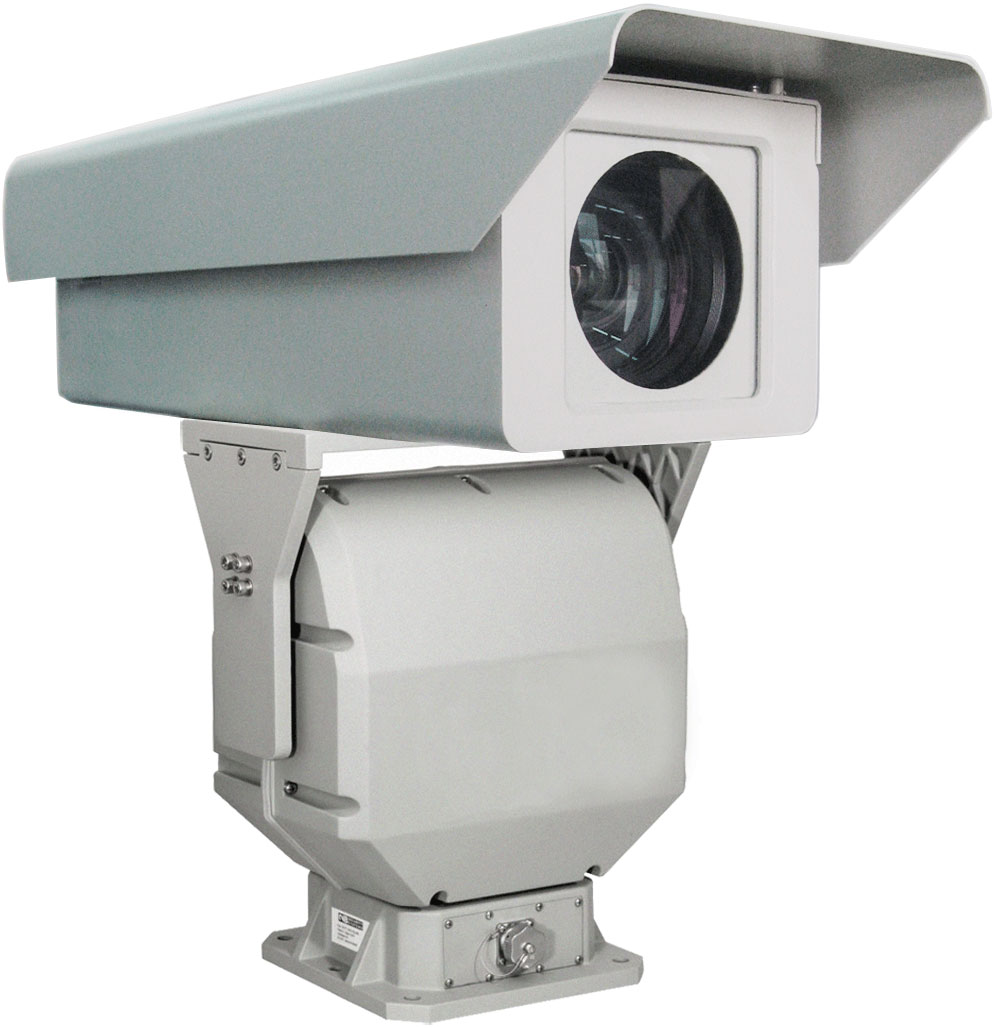I'm in the market for a computerized/remote controlled spotting scope, but for all my Googling and Amazoning, I've come up dry. Seems there's no shortage of computerized telescopes, but I have yet to find a single digital spotting scope. Specifically, I mean a scope whose zoom, focus, and position can be controlled either by remote control or by software.
Are these a thing? Or are motorized telescopes my only option? If the latter, are telescopes a decent option for the field? Or does the lack of control over power and focus render them impractical for anything closer than say, a moon?
Thanks
Are these a thing? Or are motorized telescopes my only option? If the latter, are telescopes a decent option for the field? Or does the lack of control over power and focus render them impractical for anything closer than say, a moon?
Thanks








